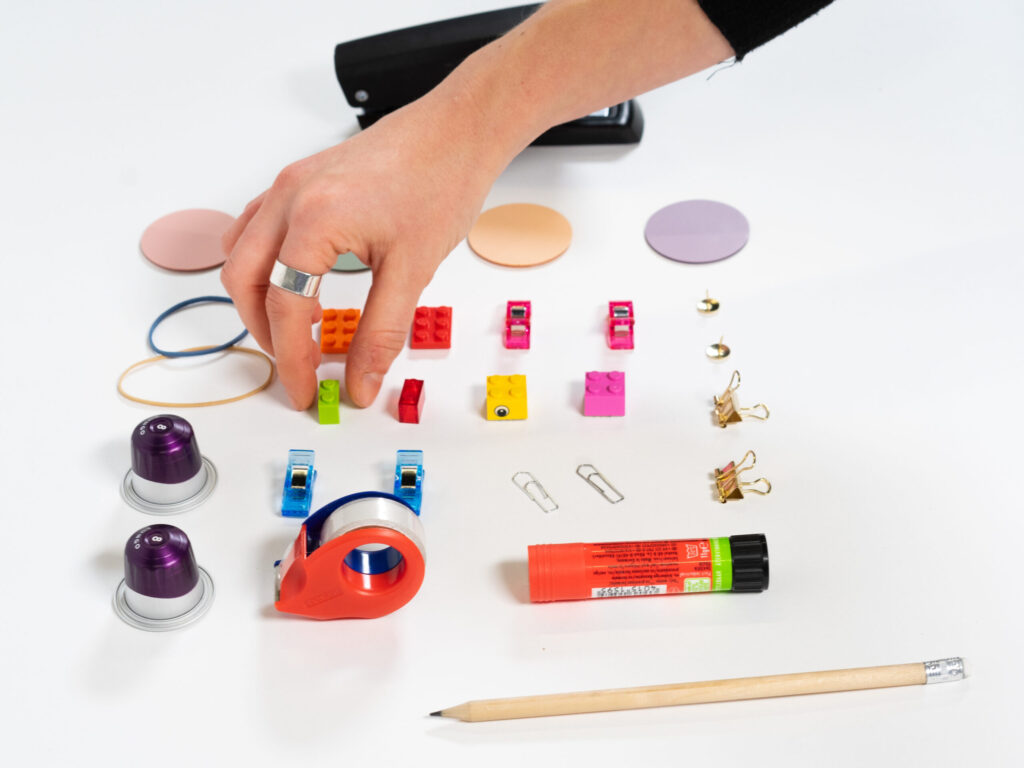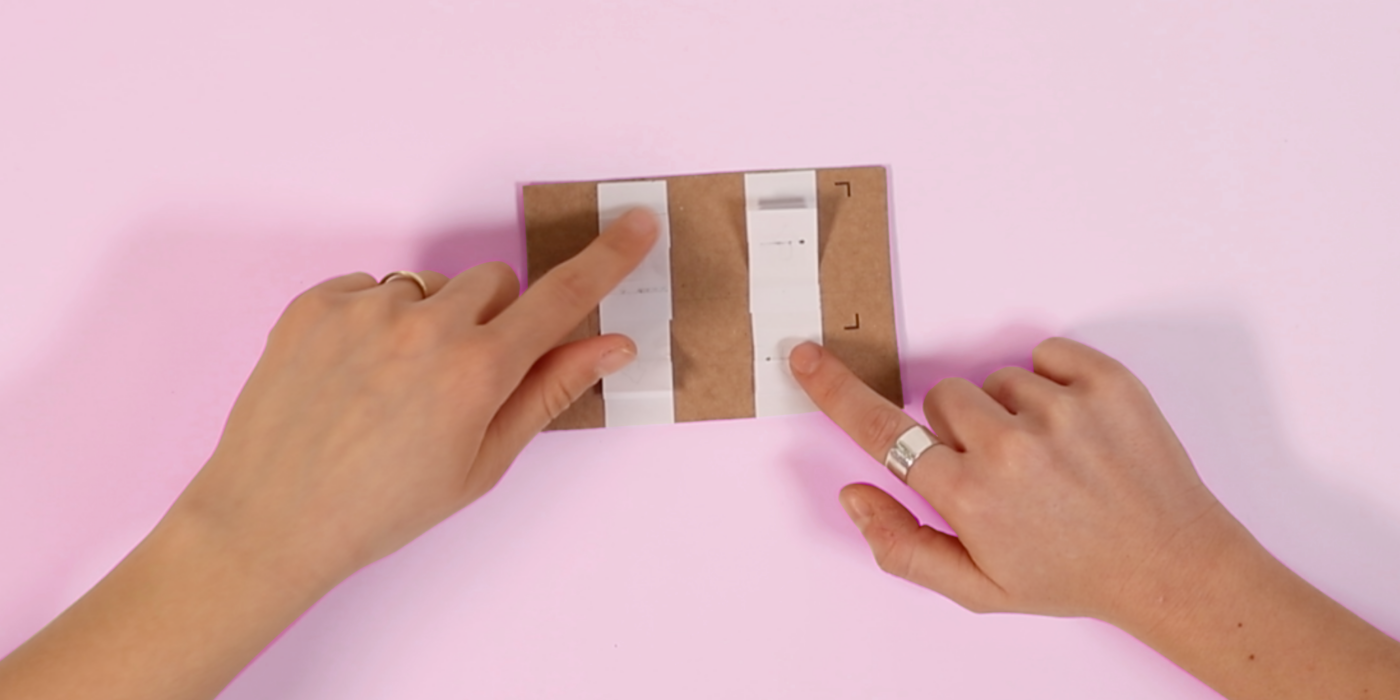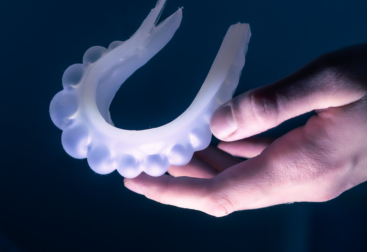→ Description
This project explores the integration of tangible interfaces with paper prototyping, utilizing fiducial markers and computer vision. The primary aim is to provide designers with a versatile and accessible method for rapidly prototyping tangible interactions. By employing household materials such as cardboard, rubber, and paper, along with common tools like scissors and glue, designers can easily craft tangible interface elements. The manipulation of ArUco Markers enables the creation of diverse interaction modalities by adjusting marker visibility, position, and orientation. The implementation of this concept is exemplified through the design and evaluation of tangible interfaces for controlling the classic game Pong. These interfaces include a range of haptic elements such as knobs, buttons, sliders, all constructed from household materials. The project showcases the potential of paper-based prototyping for tangible interactions and provides practical insights into the design process.
→ My role
This is a student project of the university seminar “Interaction Engineering” which had the goal of implementing a functional prototype to discover novel ways of interaction. My tasks revolved around the conceptual work and technical implementation using Python and Computer Vision.


→ Interaction Techniques
Interaction techniques are centered around the data collected by computer vision from ArUco markers. We have identified three primary types: (1) marker visibility, (2) marker position, and (3) marker rotation.

The interaction technique resulting from marker visibility can be compared to existing interface elements, such as buttons, toggle switches, checkboxes and radio buttons. All those elements have in common that they only allow binary states – ON and OFF that are mapped to visible and invisible.

The marker’s position can be tracked along movement in all three axis directions. To craft a component capable of reading positional values, it must incorporate constraints for moving the value marker between the two reference markers. This can be achieved by creating a channel, allowing the element with the value marker to move along a linear path.

The final implemented interaction method detects the rotational value of markers. Equivalent interaction elements that are commonly found in digital interfaces that derive continuous values from rotation are knobs and jog wheels.
The overall objective and vision of this project are to integrate the built prototype interfaces with various applications. We chose the game “Pong” as the initial application for testing the paper interfaces. “Pong” is a video game, originally released by Atari, that simulates tennis. The game includes two striker paddles and a ball, with the goal being to outscore the opponent by hitting the ball and directing it into their side.
Project members: Thea Eckert (Design & Crafting), Nassim Laarmann (Coding)
#computervision #interactiondesign #python #tangibles



